Ideas for Packing a Healthy School Lunch!
Ali Segersten Sep 07, 2010 20 comments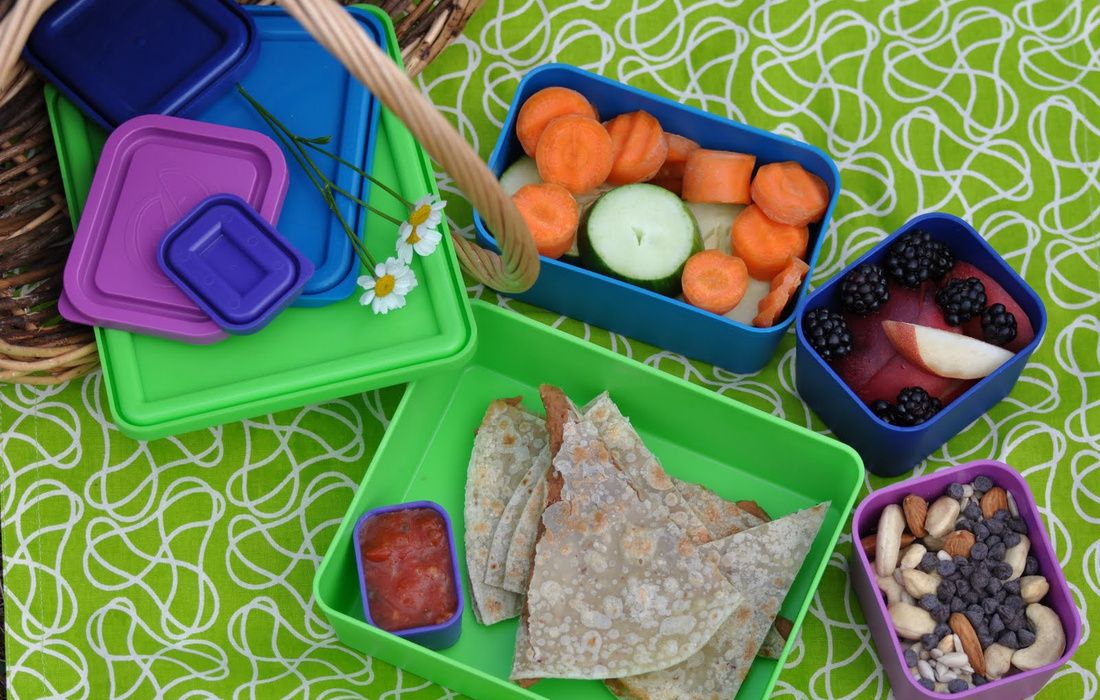
Well, September is here, school is beginning and it is time for packing lunches once again! The above lunch was made by my 8 year old daughter. It is composed of a quesadilla made with refried beans and two brown rice tortillas, blackberries and sliced nectarines, sliced carrots and cucumbers, raw cashews, almonds, and chocolate chips. As you can see, very simple and nutritious, full of key nutrients for a growing and developing brain.
First off, if you haven't read the post I did last year on Packing a Healthy School Lunch you might want to check it out. I have a colorful chart with pictures of foods in each food group that you can download, print, and post on your refrigerator for a quick reminder of what to pack. This way your child can choose a food from each category to create a healthy, balanced lunch.

Main Dish/Protein Ideas:
- Quinoa Salmon Burgers
- Summer Black Bean Salad (made without the spicy peppers)
- Dilled Adzuki Bean and Rice Salad
- Chicken and Wild Rice Salad
- Rice, Garbanzo Bean, and Kale Salad (my kids love this one!)
- Spring Herb Quinoa Salad (my 5yr old daughter's favorite!)
- Collard Wraps with Raw Sunflower Seed Pate
- Garlic Rosemary White Bean Dip on sliced bread with cucumbers
- Slices of Roasted Chicken
- Lentil Noodle Soup
- Easy Chicken and Vegetable Stew
- Spiced Chicken and Rice Stew
- Soothing Red Lentil Soup
- Moroccan Chickpea and Potato Soup (an absolute favorite of my kids)
- Halibut and Potato Chowder
- Soy-Free Tamari Roasted Nuts
- Quesadilla slices made with brown rice tortillas, refried black beans, and spinach

Vegetables/Fruits:
- Green Smoothie (poured into a small glass jar with a tight-fitting lid)
- Blueberry-Cucumber Smoothie
- Cucumber, Tomato, Basil Salad
- Raw Mediterranean Kale Salad
- Orange-Wasabi Cabbage Salad
- Curried Carrot Cauliflower Soup
- Mixed greens with a small container of Salad Dressing on the side
- Slices of cucumbers, carrots, and celery (my kids like simple best)
- Celery sticks with almond butter spread into them
- Any in-season whole or sliced fruit
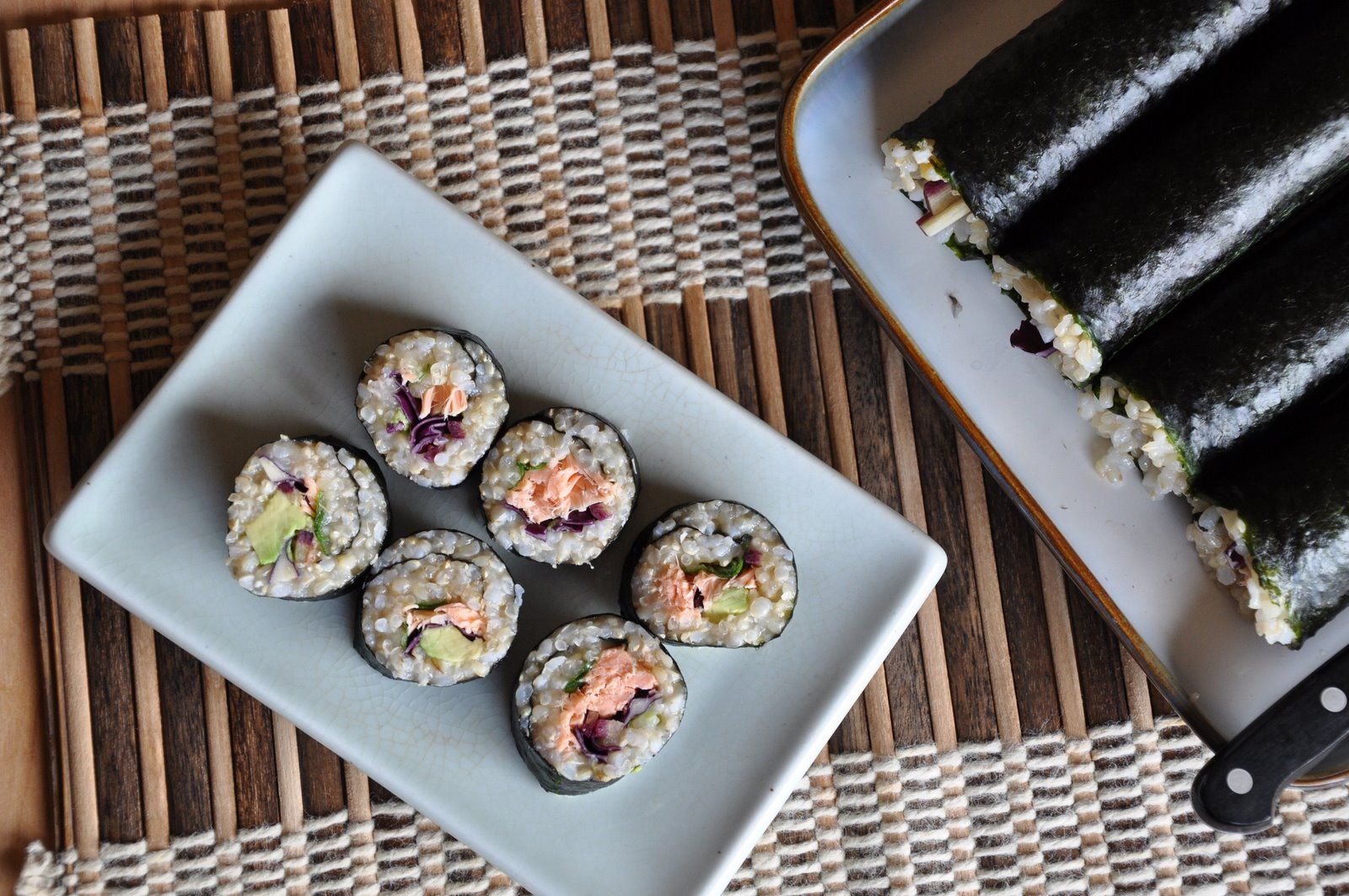
Grains:
- Sticky Brown Rice in nori rolls (all-time favorite of my kids)
- Cooked Quinoa
- Cold Spaghetti Salad
- Whole Grain Flatbread (yeast-free + gluten-free)
- Quinoa Seed Crackers
- Teff Banana Bread
- Teff Banana Pancakes
- Dark Teff Sandwich Bread
- Zucchini-Almond Bread
- Peach Muffin
- Carrot Raisin Buckwheat Muffin (my kids beg me to make these!)

Treats:
We don't always have treats around but when we do it would be some of the following (fruit is sometimes the best and easiest treat of all):
- Raw Energy Balls
- Cinnamon-Sunflower Truffles
- Chocolate Almond Butter Cake (grain-free + paleo)
- Spiced Teff Cookie Bar
- Sunflower Seed Cookies
- Oatmeal Heart Cookies
- Peanut Butter Cookies (vegan + gluten-free)
- Flourless Chocolate Chip Cookies (vegan + gluten-free)
- Strawberry Hazelnut Shortcakes (gluten-free + egg-free)
- Maple Raspberry Scones (vegan + gluten-free)
- Mango-Coconut Pudding
- Vegan Pumpkin Cheesecake
- Pumpkin Oatmeal Cookies
- Apple Crisp
Please share your healthy school lunch ideas in the comment section below!

About the Author
Alissa Segersten, MS, CN
Alissa Segersten, MS, CN, is the founder of Nourishing Meals®, an online meal-planning membership with over 1,800 nourishing recipes and tools to support dietary change and better health. As a functional nutritionist, professional recipe developer, and author of The Whole Life Nutrition Cookbook, Nourishing Meals, and co-author of The Elimination Diet, she helps people overcome health challenges through food. A mother of five, Alissa understands the importance of creating nutrient-dense meals for the whole family. Rooted in science and deep nourishment, her work makes healthy eating accessible, empowering thousands to transform their well-being through food.Nourishing Meals Newsletter
Email updates.
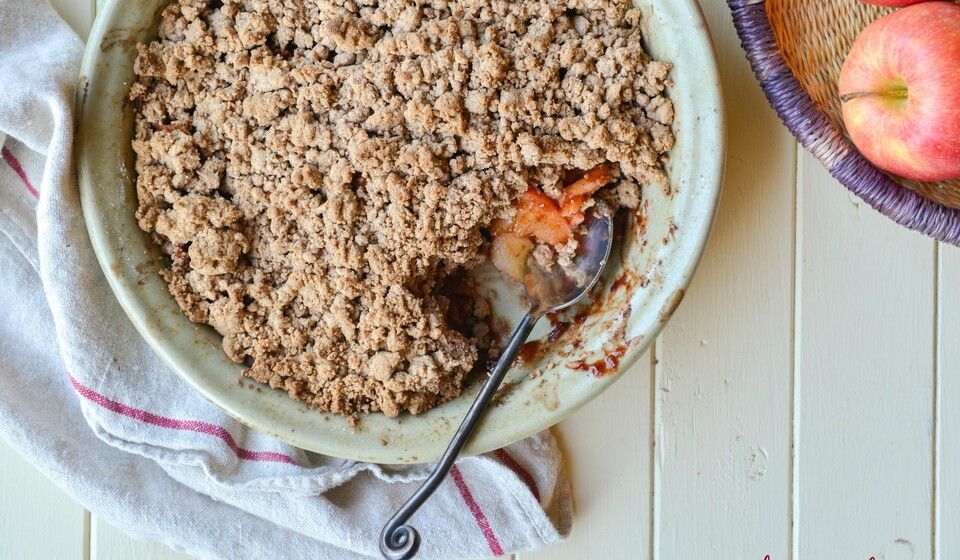
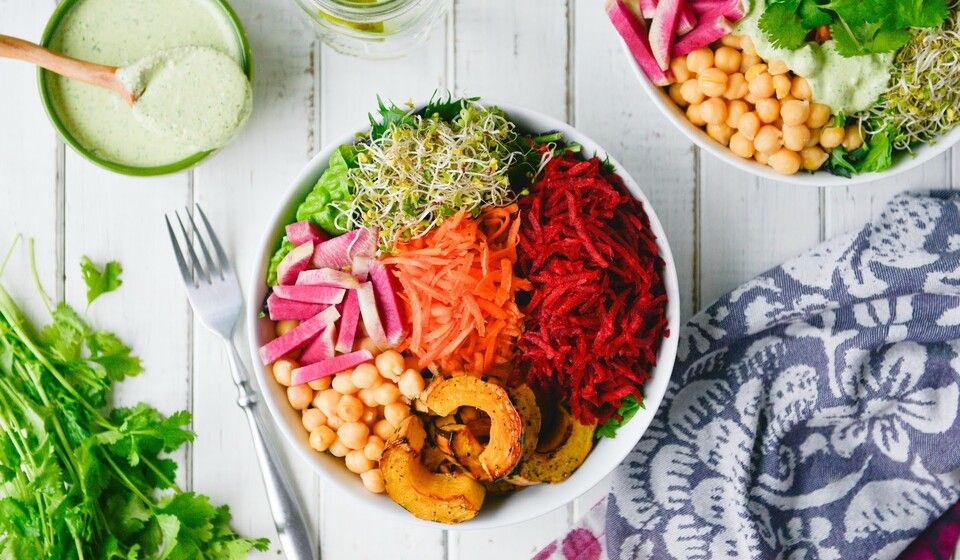

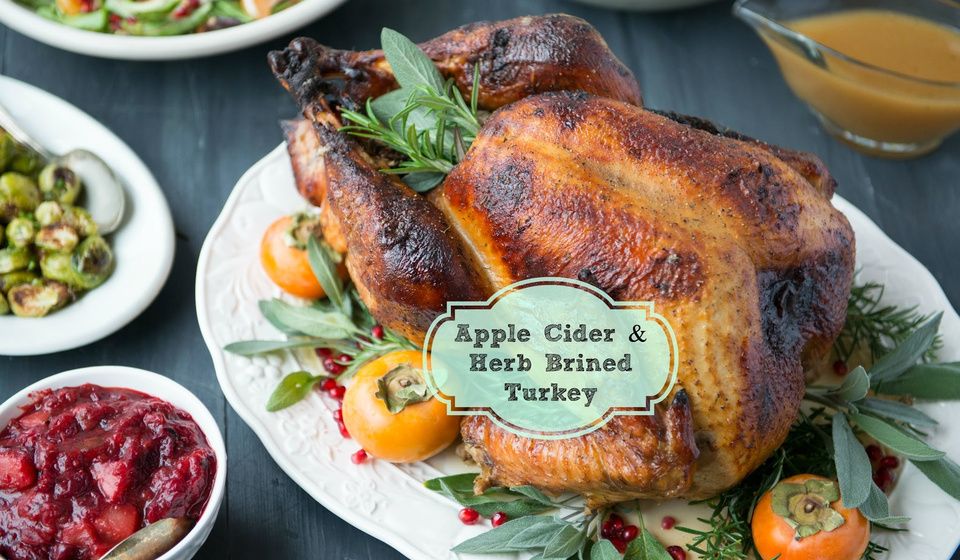
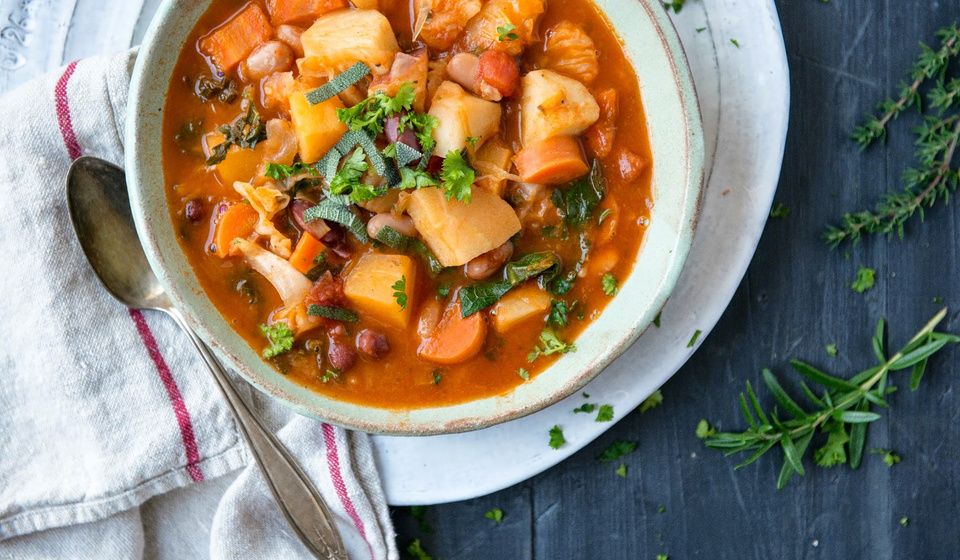

Add Comment
Comments
nice post
I am a long time follower but new to the idea of my kiddo packing his own lunches. When I reviewed your posts on this subject, I noticed all of the links to the chart you made are broken. I would love to have a copy of this chart. Thanks!
As usual, your ideas as well as your recipes are just amazing! You have never steered me wrong in getting my family to eat healthy on a gluten free, dairy-free, corn-free diet. I do have a question though...how do you have all these choices available to your child daily?
Hii there, one of my friends suggested you to me. That is very usefull and i like it very much. Thanks alot.
N. Thuchain
This sounds like a very fun idea! I am eager to read everyone's submissions! Maybe I'll send one myself!
Wonderful post! I found your blog through Shirley at Gluten Free Easily and I am so happy I have. Your photos are lovely. I hope you will consider entering my gluten free photo contest. I normalyy do not leave a link in a comment but just in case you are interested here it is http://simplygluten-free.blogspot.com/2010/08/gluten-free-photo-contest-scanpan.html
I love this month's theme! I will definitely be participating since I recently just did a post on this very thing over on my blog and I just keep adding to it.
I love some of your ideas and already do some similar ones with my kiddos!! I do sprouted brown sticky rice wrapped in Nori sheets all of the time with some avocado and chicken or fish.
And your zucchini almond bread sounds awesome! Will have to try that one for sure!
Zoe is doing a once a week enrichment day for homeschooled kids, and I pack her lunch in the same (waste-free, lead-free, BPA-free) bento box :-) I should participate in your GAH :-) I also posted it on Spunky Facebook. Hugs, Kelly
Dear Ali,
Thank you for all of the links. I just wanted to thank you for your cookbook and this recipe site. I don't know where we'd be right now without them. My 7 yr-old son is now healthy and thriving after cutting out gluten one year ago. I turn here and to your book more than anything else and the results are consistently excellent! If I might ask, when is your next book due out? We are all anxiously awaiting it!
xxoo ~Kathleen
Great ideas! I love your handy .pdf and your recipes you've shared.
I love your cookbook and I am grateful for your blog! What are the little containers shown in the picture with your daughter's lunch contents? They are so cute and I think my kids would love to pack their own lunch in them. Thanks for everything!
Thanks Ali! You are so right about making productive use of outdoor space to grow food. As vegetarians, we are able to avoid the cost of meat products; so a productive garden patch would go a long way in keeping costs down. A few chickens around helps too.
I'll digest more of your response later.
Thanks again!
I appreciate your discussion on food sustainability here. I live on 1/3 of an acre which provides us with the majority of our food during the growing season. We live over an hour away from any food co-op so it just isn't feasible to run to the store for whatever we need. I buy staples in bulk such as sunflower seeds and quinoa. Self-sufficiency is key if we are to consume the food we value most. We grow many fruits and vegetables on our property and store so much of it for the winter. Dark leafy greens, green beans, and corn can be chopped, blanched and then frozen. Peaches are canned or frozen. Tomatoes are canned, made into sauce etc... We have chickens on our property that provide us with more than enough eggs. We trade eggs for goat milk from a neighbor less than a mile away. We also slaughter chickens for meat. We live on a small budget, I home school my children, and they, like yours stay quite healthy all year. We have not needed to resort to medication at all as of yet. Thanks again for sharing all of the links to your recipes. So many of them I have missed!
What a great selection of inspiring ideas! This is a post to bookmark and revisit again and again.
I particularly like your chart of different foods and a great example of a healthy lunchbox.
Thanks for hosting. x x x
I guess we are fortunate/not so fortunate in the kid-meal arena. In spite of being introduced to all sorts of foods throughout his life, my eight year-old son is a pretty picky eater (not-so-fortunate). Fortunately (!) the things he's picky about are good for him. He's a vegetarian, though he will eat dairy. So, our lunches rarely vary from a basic PBJ sandwich (on a NON-whole-grain bread, as he was getting too much fiber, and it was plugging him up!), and a bag of carrots and apples. We might trade out the sandwich for yogurt and homemade fruit bread. That's it. Couldn't be simpler.
Barb
continued...... :)
We definitely spend more than $400 a month to feed a family of 6, but I do add local pastured eggs, chicken, and wild fish to our diets now because we can afford it and I feel better adding this particularly to my diet. I don't have a problem paying $20 for a small, local, pastured chicken because I know it is sustainable - it hasn't traveled far and was raised outdoors in a very humane way. I wouldn't eat chicken or meat if I couldn't afford to pay the true cost. Plus, when I'm doing lots of recipe testing the grocery bill just goes up. I consider paying for good food a health insurance of sorts. My kids never really get sick (usually only something minor during the change of seasons). Only one child has ever needed antibiotics and this was just once. Considering I have four children and we have used antibiotics once, the good food seems to be working. They don't get ear infections, strep throat, or any other common childhood sicknesses. The typical cold or flu that runs its course a few times a year only. :)
Ideally we would begin to raise awareness for home-scale permaculture and have fruit trees, berries, and vegetables growing in our yards with small animals living within the garden spaces. Chickens would eat the vegetable scraps and humans would eat their highly nutritious and very local eggs (as one example). We are slowly moving in this direction - it takes years and doesn't happen overnight. An even more ideal situation is that we live in communities where this work of living (of growing and producing food) is shared. This is attainable in our own neighborhoods as well. I know many folks working on these projects as I type! :)
Hopefully this helps. Looking forward to the input of others too. Thanks again Tom for starting this. ;-)
Tom - Thanks for adding this very valuable discussion point! I have a few ideas that might be helpful, but maybe not as useful as you would like (building a large garden may not be feasible at this time - though having a garden work party might be?) :)
First off, keeping it simple is fine. Like Lily's lunch in the first photo - that is a good example of an inexpensive, healthy lunch.
Keeping food costs down while still eating healthy is attainable but it does take some planning and work. Growing your own food (using up as much of your yard as possible for food production) keeps food costs way down. Preserving what you can from the harvest helps during the off-season (though we can grow quite a bit here even in colder weather - kale for example).
Gleaning fruit from very productive fruit trees helps tremendously! Organic fruit is expensive but taking the time to pick your own works well and is free! We do pick blueberries (close to 100 pounds to freeze and make jam from) and raspberries in the summer and pay for those, but this area is so full of apple, pear, and plum trees that literally fall to the ground and rot every year because they are not picked. Picking blackberries of course is free and they freeze very well. Another option is buying cases of 2nds (slightly blemished fruit) from organic fruit farms directly - email me if you want info on this; we do this and now is the time.
Buying grains and beans in large quantities - 25 pound bags - at a time cuts costs. This is best done with a few other people so you don't have to pay so much up front. Just use a kitchen scale to divvy it up. A diet of grains, beans, vegetables, and fruits is very sustainable (both financially and ecologically) and highly nutritious.
Costs go up when you begin to add meat, dairy, eggs, nuts, and baking ingredients. The true cost of meat and dairy products isn't something usually talked much about or even recognized by most. Beef, for example, is subsidized by the government to get the cost down to $1.99, $2.99, or $3.99 a pound or whatever it is these days (I don't actually know). If we were to pay the true cost we'd be paying something like $16.99 a pound which certainly isn't affordable for most people, meaning we would either begin to raise our own cattle on our own land (not an option for most) or eat less meat, much less! By decreasing our consumption of industrialized meat products, high methane producing factory farms would go out of business (hopefully) and the health of the surrounding communities would greatly benefit. Health is really quite circular, isn't it? :)
Valerie - I look forward to your blog post, thanks. Just email me the link when you have it up so I can add it to my post at the end of this month. :)
Wonderful ideas as usual Ali and Tom.
I'm wondering how economically sustainable some of this is for families who have only a few hundred dollars to spend per month on groceries? There are so many varied ingredients in most of these healthy menus. Personally, at any time, we might be able to provide the kids with 2 or 3 items per column on a regular basis. To provide more, we'd have to maintain a larger pantry of food that simply isn't economically feasible on a sustainable basis for us.
I would love to see a post about "eating well for less [financially]." The fact is, some of the items (especially local, organic items) are quite expensive when you're on a strict budget.
Historically, one of the most prohibitive aspects preventing poorer people from eating well, is the cost of eating a local, organic and nutritious diet regularly. Or the "perception" of the cost to eat a well (and varied - so you don't get too bored) balanced diet.
How much would you say that you spend per month on food/beverages for your family?
Sustainability is so essential in everything we do and in order for a healthy diet to be sustainable, finances must be considered.
If people knew that the cost for a varied, nutritious diet was financially sustainable (or even financially advantageous compared to buying processed food), more people might consider shifting their food paradigms.
Perhaps you could provide a 'cost per meal' or a 'cost per week' calculator so people realize that eating well is, in fact, affordable to everyone.
What would you fill your pantry with if you had only $400 dollars per month to shop for groceries? How varied would your meals be if that was the budget?
Thanks!
I am a long-time reader of your blog and finally posting a comment. I will likely participate in thisblog event - I have been doing something sort of related on my blog this month, namely posting pictures of the lunches I take to work with me. So it seems like a natural extension to participate in this even though I don't have kids :) Thanks so much for hosting :)